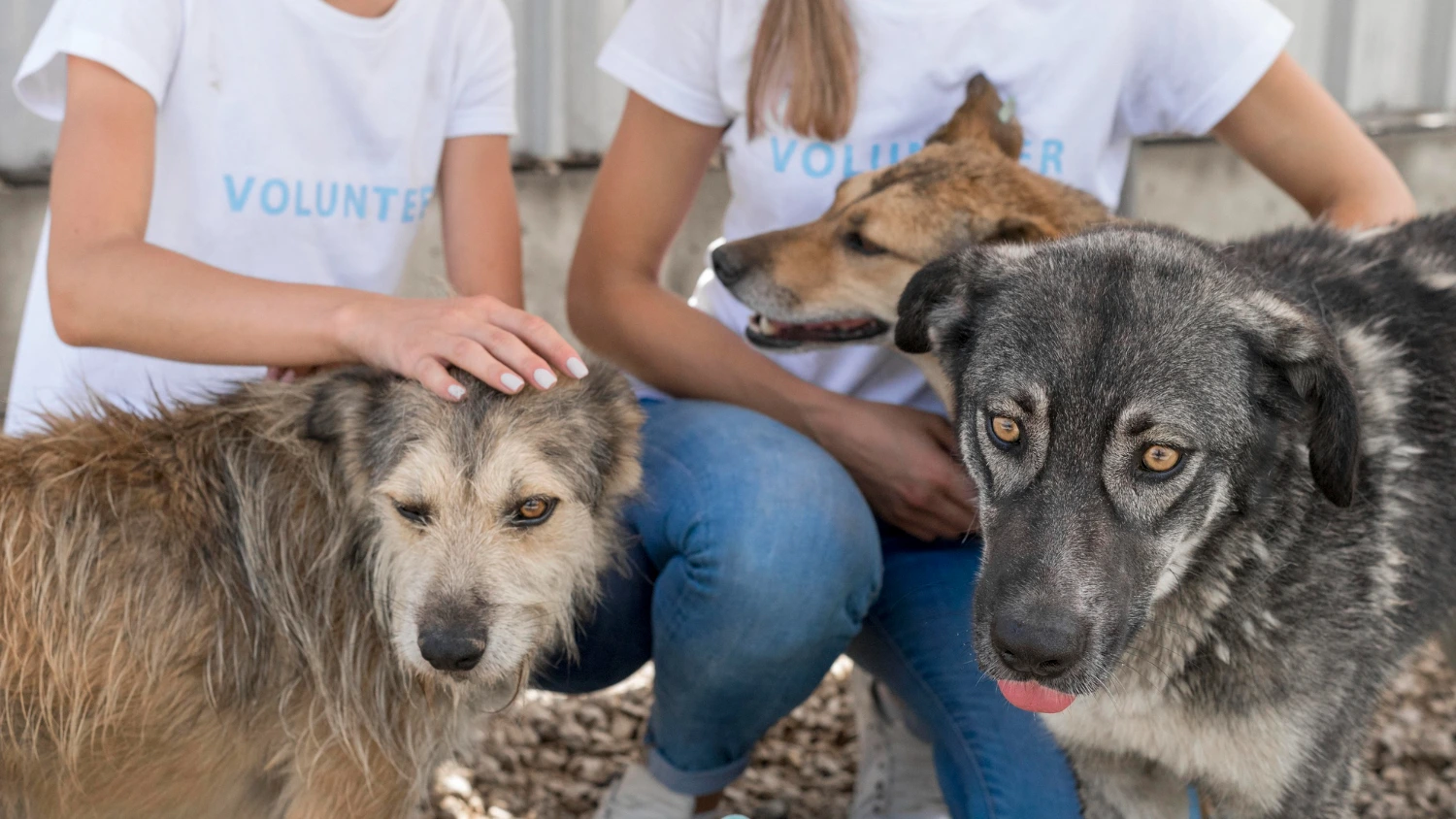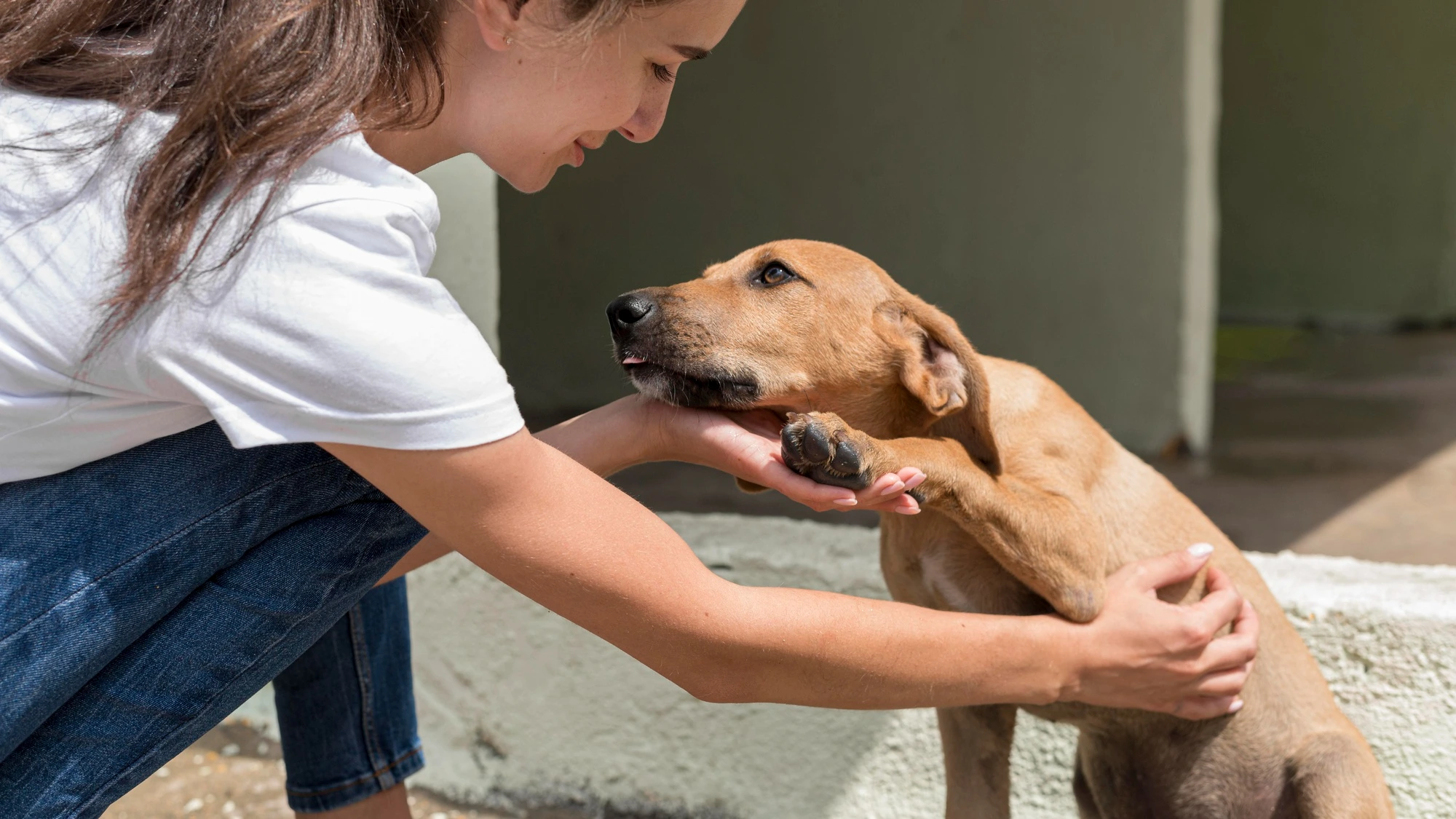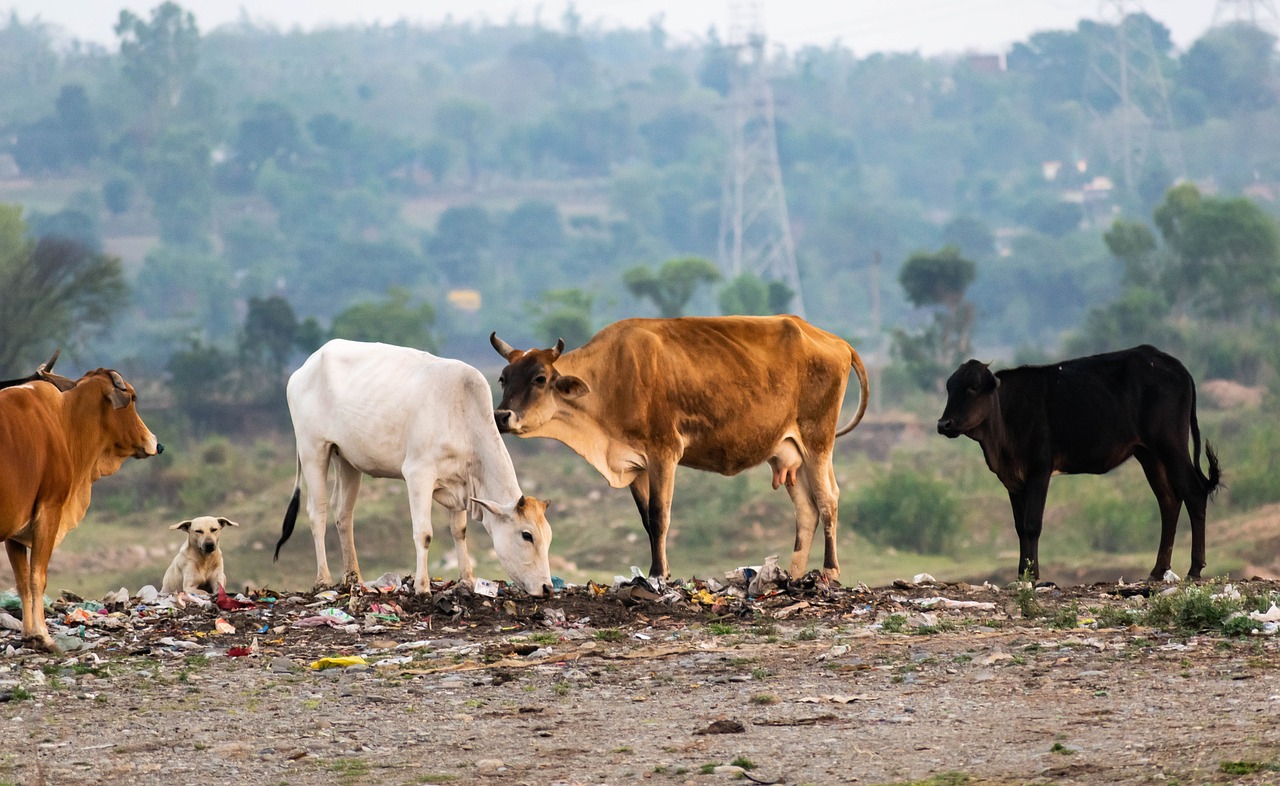India’s streets are teeming with stray animals, ranging from dogs and cats to cows and other species. The situation of these animals, facing hunger, disease and mistreatment has been a urgent concern. Amid the challenges, animal welfare organizations have become hope, working tirelessly to rescue, rehabilitate and advocate for the well-being of these vulnerable creatures. This article delves into the vital role of such organizations in tackling India’s stray animal issue.
1. Rescue and Rehabilitation Efforts:
Animal welfare organisations work hard to save stray animals from dangerous conditions. They react to reports concerning wounded or abandoned animals and give emergency medical care. These organisations provide a safe refuge for strays to be nursed back to health and safeguard their well-being by establishing animal shelters and rehabilitation centres.
2. Spaying and Neutering Initiatives:
Controlling the population of stray animals is a critical aspect of the overall strategy. Animal welfare organizations conduct spaying and neutering drives to manage the reproductive rates of strays. By sterilizing animals, they prevent unplanned breeding, thereby curbing the exponential increase in their numbers.
3. Medical Care and Vaccination:
Providing healthcare facilities is paramount in safeguarding the health of stray animals. Animal welfare organizations administer vaccinations to prevent the spread of contagious diseases and conduct regular health checks. These efforts not only protect the strays but also benefit to the overall public health.
4. Adoption and Forever Homes:
The core/main mission is to find permanent homes for rescued animals. Organizing adoption drives to pair strays with compassionate families who can provide a safe and nurturing environment accomplishes this objective. Not only does it enhance the lives of the animals, but it also brings a sense of fulfillment to the adoptive families.
5. Community Engagement and Awareness:
Animal welfare organisations understand the value of community participation. They run public awareness initiatives to teach people about responsible pet ownership, the importance of spaying/neutering, and how to treat animals humanely. Community support is critical in developing a caring society that cares for its outcasts.
FAQs
What is the role of the animal welfare organisations?
Animal welfare organisations are critical in easing India’s stray animal problem. They rescue, rehabilitate and treat sick and injured animals. They support responsible pet ownership through spaying/neutering efforts and adoption drives, eventually building a more caring and humane society for strays.
How can we solve stray animal problems?
Stray animal problems can be solved through many approaches. Implementing effective animal control measures, such as spaying/neutering programs, adoption drives and creating shelters is crucial. Community awareness about responsible pet ownership, reporting strays for care and supporting animal welfare organizations can also significantly contribute to addressing the issue.



